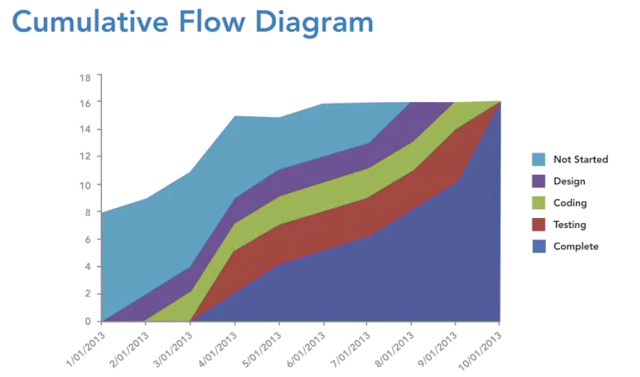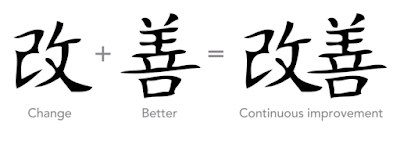Presented below are some FAQs and their suggested answers. Once again, remember there is no right answer or wrong answer. The winner only gives the best answer out of all the other candidates. Below listed are some of commonly asked questions and their answers as per a wide survey of successful candidates. The reader can use these as a template and build upon each answer based on the position and their own personal experience.
Q1: Tell me about yourself. OR Tell me something not mentioned in your resume.
Ans: My background to date has been focused on preparing myself to become the very best at this job. I have done this by studying (mention latest academic
qualifications) and working (mention any internship or work experience). This has helped me matching myself ideally to the position that you have open and I am confident I am a good fit. My skills will help you to save training time and result in quick efficiency.
Q2: Why should we hire you? OR Why did you apply for this job?
Ans: Because I sincerely believe that I'm the best person for the job. Compared to the other with similar academic qualifications, I have an additional quality that makes me the very best person for the job—my attitude for excellence. I can add tremendous value to a project as I have already experienced the potential problems and can help avoid time and resource wastage. I am not just saying this but have also demonstrated it by doing (mention any commendation, recommendation from an important person or award that you have received)
Q3: What is your long-range objective? Where do you want to be 10 or 15 years from now?
Ans: I have given this much thought and feel that ideally, I would like to break up my career in 5-year spans. Within the next five years I want to develop an operational expertise in my profile by gaining valuable filed experience. Based on this, in the next ten years, I would like to move onto a managerial role leading teams and thereon build on my leadership skills. I would like to be a part of winning teams throughout my career and would focus learning and training as necessary supplement to my job.
Q4: How has your education prepared you for your career?
Ans: As Mark Twain said: I have not let my studies interfere with my education (say this with a smile). I have taken courses and electives in my academic career keeping my desired profile and interests in mind. I also volunteered for being part of the fete organizing committee and was in the student's council. I have been a part of the NGO for teaching children. I was fortunate to study under some of the best academic teachers and professors and through them I have learn the value of applied knowledge. I am eager to test out this knowledge now at your organization.
Q5: Are you a team player? Do you like working in a team or solo?
Ans: I feel no single person alone can succeed in life. Behind success of every person lies the contribution of their team, network and family. I believe in teamwork. All through my academic and professional career I have volunteered to organize events. This has been possible only through working in teams. I also enjoy training people and creating teams. Teamwork and team integration are essential skills for a leader and I displayed the same recently (give a good example of how you completed a project within budget and before deadline through teamwork)
Q6: Have you ever had a conflict or problems with your boss or teachers? How was it resolved?
Ans: Yes, I have been in conflict situations in the past. In fact, I feel not all the conflict
is bad. For example, in my previous organization, my boss and I had a disagreement on a particular team members role. But we eventually sat and discussed the problem without getting personal. Both of us displayed the maturity and found a win-win solution. That's the benefit of conflict. It also enables us to see another's point of view and find multiple solutions to a problem together.
Q7: What is your biggest strength
Ans: I feel my ability to understand people and technology is my biggest strength. I feel the future lies in a blend of the two and one is incomplete without the other. It's not just B to B or B to C. It's all about P to P i.e. People to People. This is my strength and it enables me to get along and work with people from different verticals and skill sets. I also like to read and in fact read the newspaper and latest blogs related to my field. My favorite blogger or writer or newspaper or book is (mention a specific name that you are totally familiar with)
Q8: What is your greatest weakness?
Ans: I would say my greatest weakness has been my tendency to overcommit to others in terms of time. I have in the past put my entire energy and time into doing a task on hand with the result that other projects were delayed. However, after receiving the necessary feedback I have invested in a time management tool (give the example of an app or productivity method or technology that you use).
Q9: How do other describe you? Or What do your colleagues say about in your previous job?
Ans: Dependable and professional is how most people describe me whether it is my superiors or colleagues. I believe in technology as a huge enabler and others to reach out to me for the latest in tech and current affairs. I am a high-energy person and others too have commented on my ability to keep going even in deadline oriented environments. My recommendations on LinkedIn and other media show these traits. Could I show you..? (if asked show them this information)
Q10: What is the worst feedback you have ever got?
Ans: I was told that I need to brush upon my presentation skills. I took immediate action and enrolled in a good Public Speaking training program. This enabled me to overcome my weakness in a short time.
Q11: What are the qualities of a good Leader or Manager?
Ans: A Good leader is a perfect mix of IQ and EQ i.e Emotional Intelligence. Proactiveness and Empathy are the two must-have qualities of a good leader. By being proactive the leader can anticipate potential problems and conflicts and take action. Empathy is displayed by good communication skills whereby the leader is approachable and surrounded by good professionals and teams. The manager thus becomes a good role model. One such leader is (give an example of a leader that you admire.)
Q12: What are your biggest accomplishments of your life? Or accomplishments of the past job?
Ans: "Although I feel my biggest accomplishments are still ahead of me, I am proud of (mention a project or paper or task that you did successfully in the past for which you have received a recommendation. Ensure that this project or task relates directly to the position that you are applying for currently)
Q13: How do you explain changing so many jobs? Or a big gap in your employment history? Or Being terminated from your last position particularly when that position gave you the skills that you'll need to succeed in your career field?
Ans: I agree I have changed several organizations in the past. Or changed my vertical or job profile in the past. It was a learning phase for me and Key thing is I have learned a lot from this experience. I was searching for a profile or organization which utilized my skills to the fullest and finally feel that your organization will give me this opportunity. I have made mistakes in the past but I can assure you that I have learnt from these mistakes and have no intention of repeating them. In fact, I would be glad to share my experiences with others so that they can avoid costly mistakes.
Q14: Why did you leave your last job?
Ans: At the time of joining there I was put in a team of my interest. The work and profile were interesting and I was learning a lot. But over a period of time, I was shifted to another team where I continued to work and perform. However, that was not related to my chosen field and I felt my skills getting unused. A sense of stagnation was building up and I had several interactions with the management who were unable to help me. In this scenario we agreed that it was best that I looked at opportunities outside the company
Q15: Does that mean you don't like change? OR Are you willing to change your project/profile when required?
Ans: I absolutely like change and in fact welcome it. I am open to work in other locations or profiles if the situation demands it. As a team player I would give my best to whichever team I am assigned. If my manager is communicating with me and likewise me with them, then it's a perfect situation as I know that my knowledge and skills will be utilized to the fullest.
Q16: What is the Salary that you expect? Or Do you have any other offer at hand?
Ans: I am very confident that the salary offered is as per my experience and qualifications. Your organization has reputation for salaries, which are as per industry standard and beyond. I have no doubt it will be a win - win for both of us. I do have some other offers and have had preliminary interactions with them but i am very keen on the position offered by you.



















